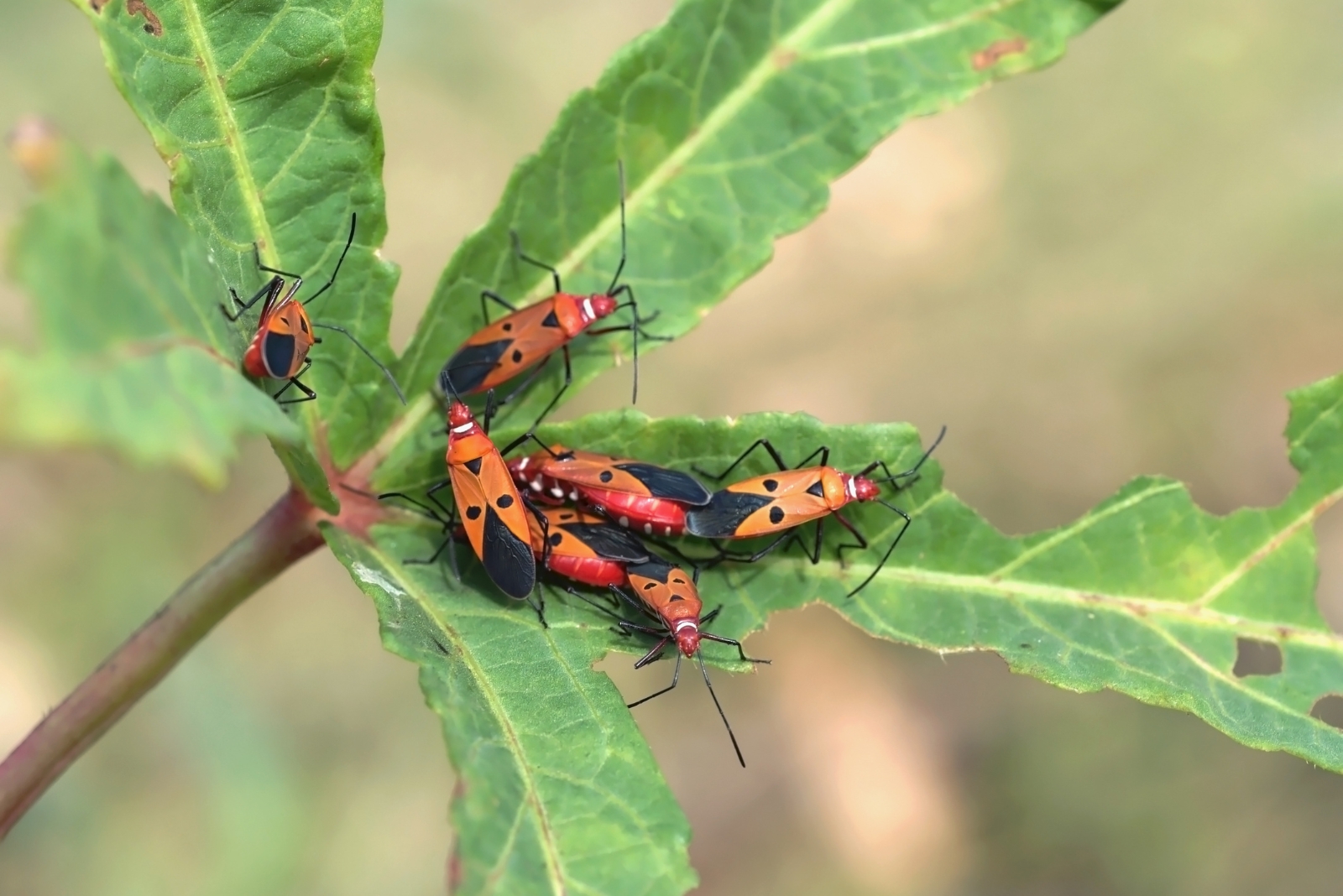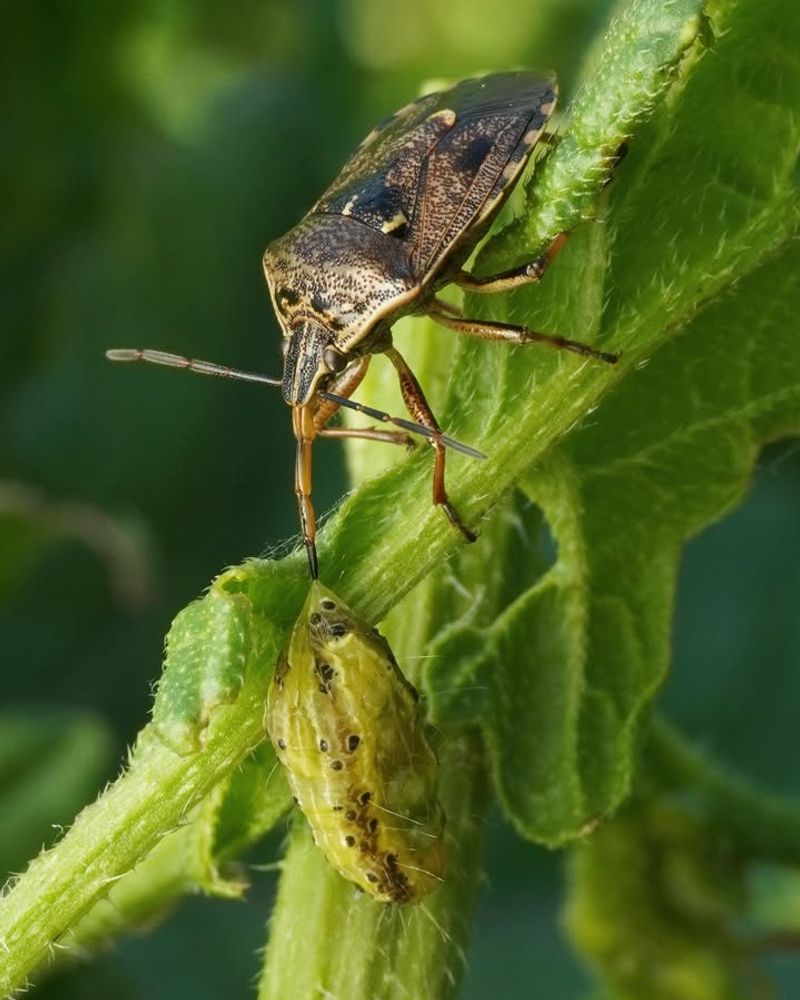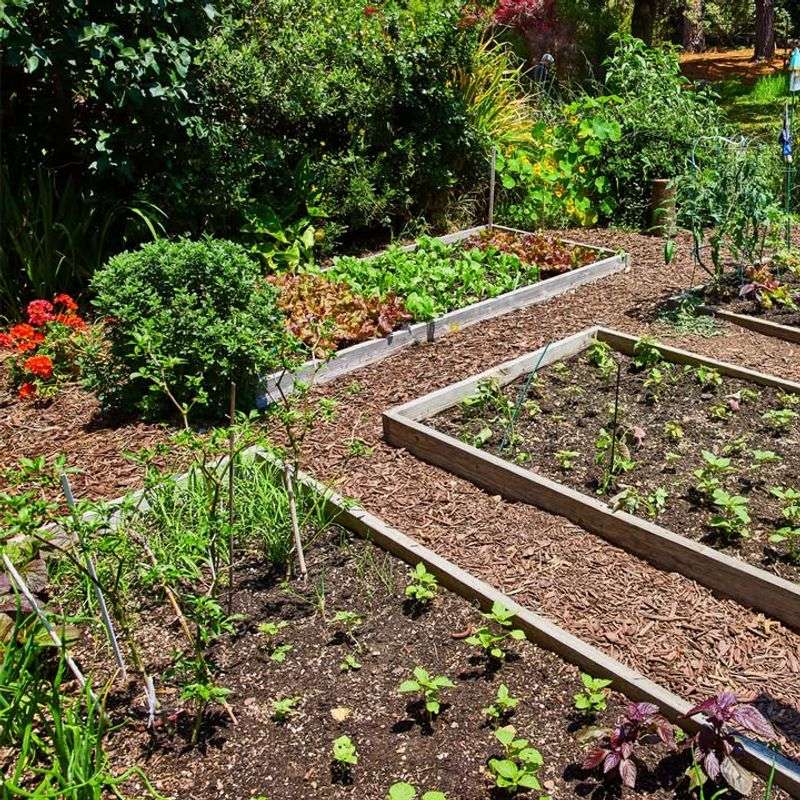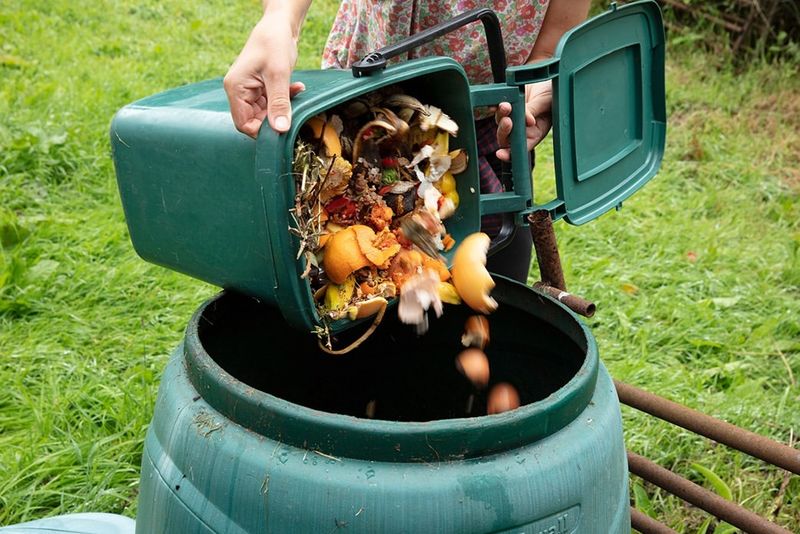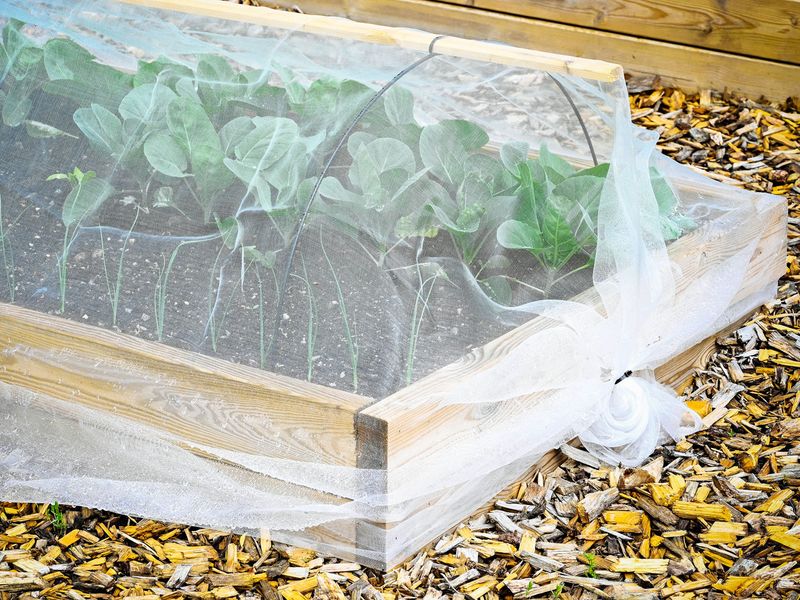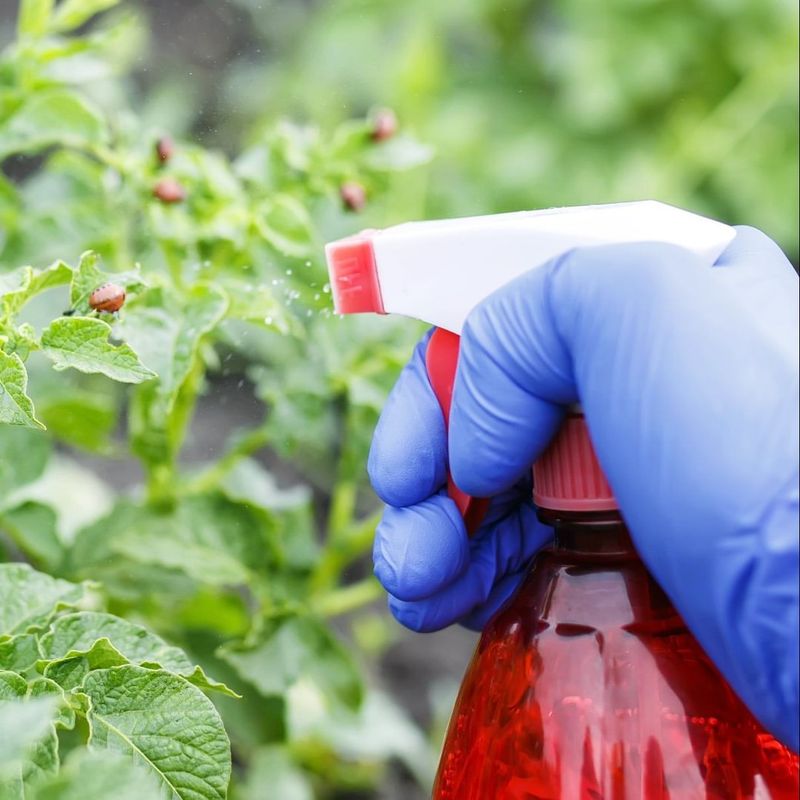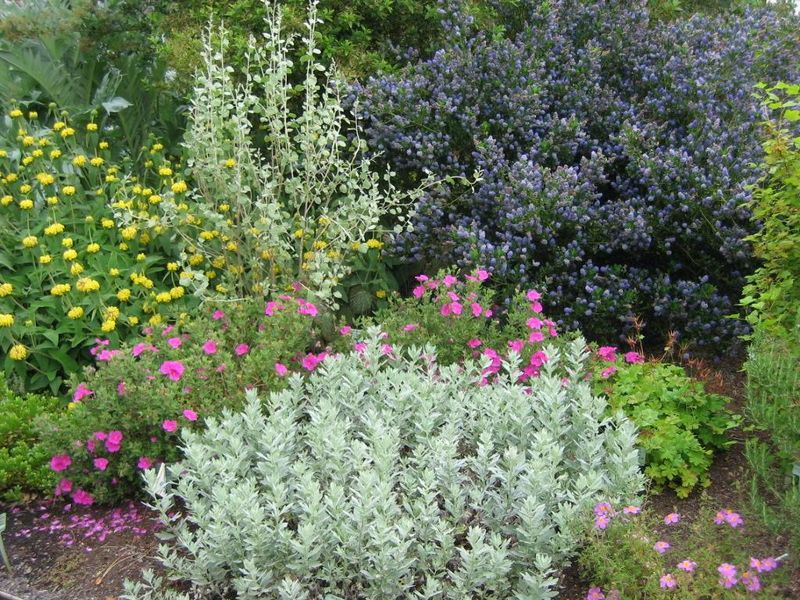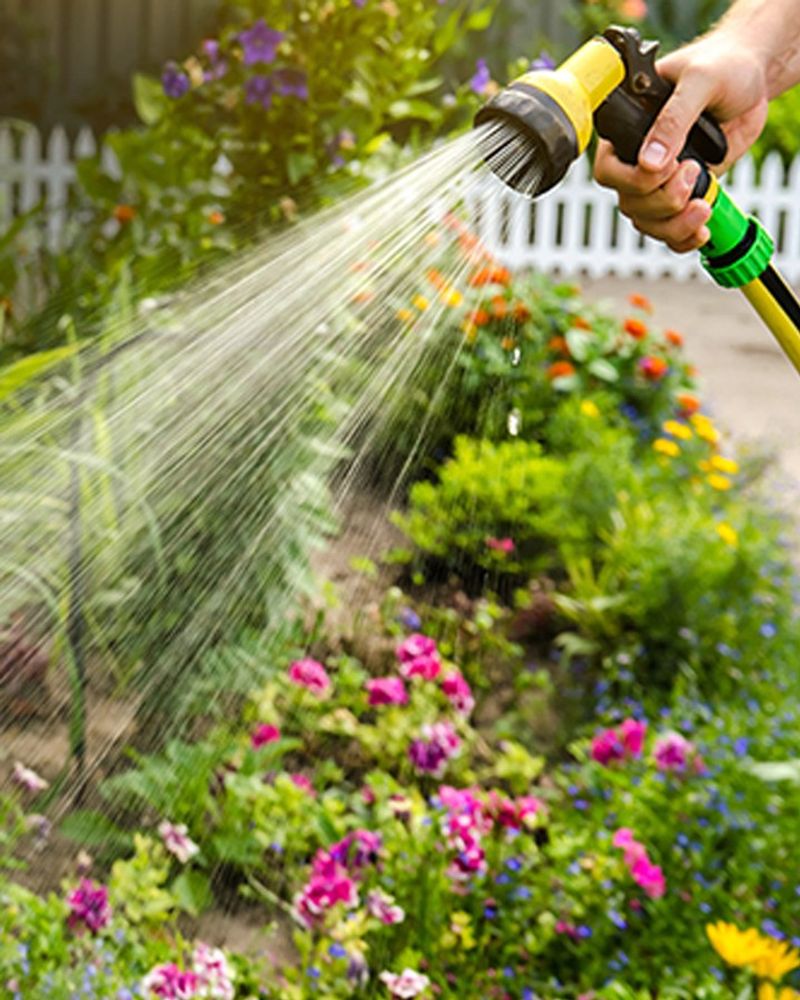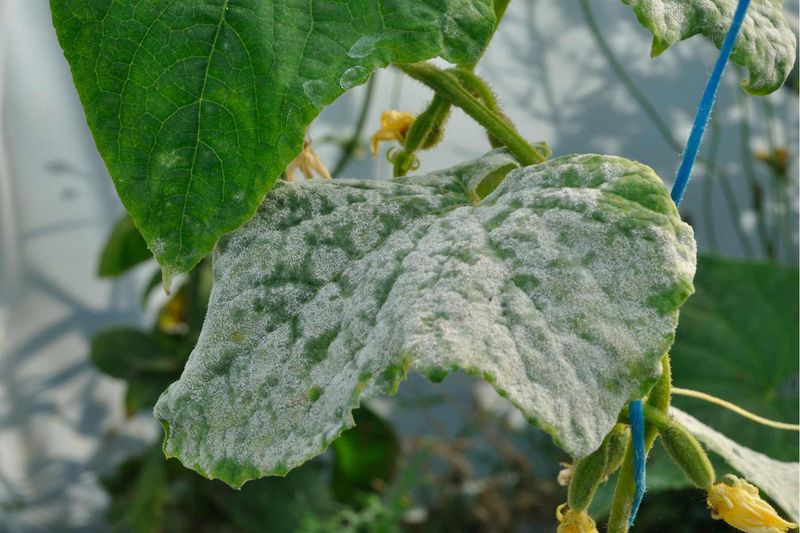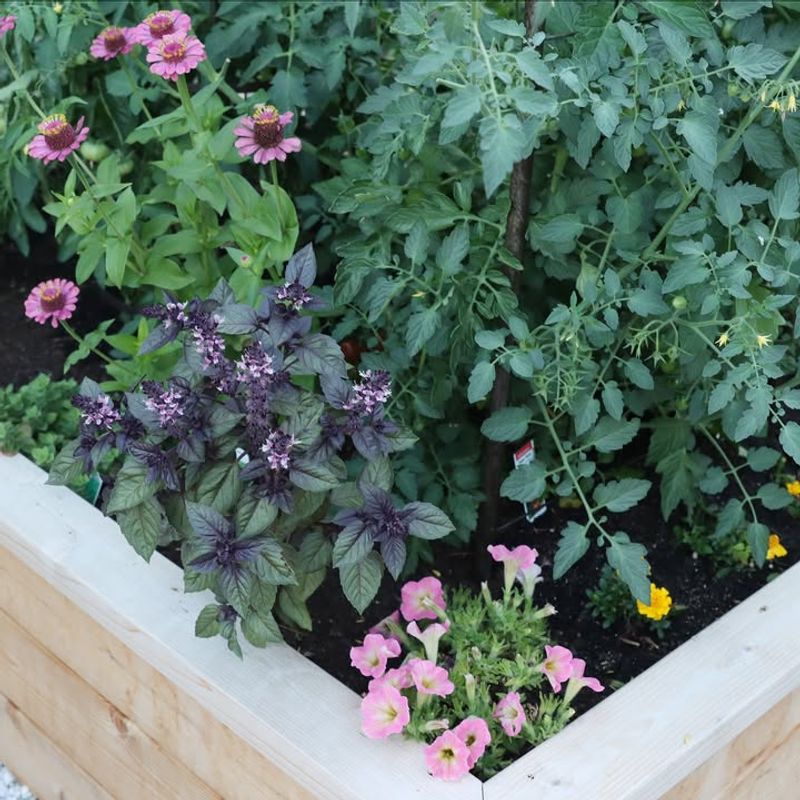Growing an organic garden in Washington comes with its own set of challenges, especially when dealing with pests. Instead of reaching for harsh chemicals, integrated pest management offers a smarter, earth-friendly approach that works with nature.
Learning these essential strategies will help protect your plants while keeping your garden healthy and thriving all season long.
1. Encourage Beneficial Insects To Your Garden
Ladybugs, lacewings, and ground beetles act as your garden’s natural security team. They feast on aphids, mites, and other troublesome pests without any effort on your part.
Plant flowers like yarrow, sweet alyssum, and dill to attract these helpful bugs. Washington’s mild climate makes it perfect for hosting these beneficial creatures year-round.
Creating small water sources and leaving some mulch undisturbed gives them places to live and reproduce throughout your garden space.
2. Practice Crop Rotation Each Season
Moving your crops to different spots each year confuses pests and breaks their life cycles. Pests that overwinter in soil expecting their favorite food will find something else entirely when spring arrives.
Rotate plant families rather than individual vegetables for best results. For example, follow tomatoes with beans instead of peppers, since they’re all related.
Keep a simple garden map or notebook to track what grew where, making planning easier for next season.
3. Build Healthy Soil With Organic Matter
Strong plants start underground, where nutrient-rich soil helps them resist pest attacks naturally. Adding compost, aged manure, and leaf mold feeds beneficial microorganisms that support plant health.
Washington’s rainy winters can wash away nutrients, so replenishing organic matter regularly becomes extra important. Healthy roots mean stronger stems and leaves that pests find less appealing.
Test your soil every few years to understand what amendments your garden truly needs for optimal growing conditions.
4. Use Physical Barriers And Row Covers
Sometimes the simplest solution works best when keeping pests away from your precious plants. Lightweight fabric row covers let sunlight and water through while blocking flying insects from laying eggs on your crops.
Copper tape around raised beds stops slugs in their tracks, which matters greatly in Washington’s damp climate. Collars made from cardboard or plastic protect seedling stems from cutworm damage.
Remove covers when plants need pollination, then replace them after flowers set fruit.
5. Monitor Your Plants Regularly For Problems
Walking through your garden several times weekly helps you spot trouble before it spreads. Look under leaves, check stems, and examine fruit for early signs of pest activity or disease.
Catching aphids when there are only a few means you can simply spray them off with water. Wait too long, and you’ll face a full-blown infestation requiring more serious intervention.
Keep a small notebook to record what you see, helping you identify patterns and predict future problems more accurately.
6. Choose Resistant Plant Varieties Wisely
Plant breeders have developed varieties that naturally fend off common diseases and pests. Selecting these resistant types gives your garden a head start against problems prevalent in Washington’s climate.
Look for tags or catalog descriptions mentioning resistance to powdery mildew, late blight, or specific insects. Local nurseries often stock varieties proven to perform well in your specific growing region.
Combining resistant varieties with other IPM practices creates multiple layers of protection for your organic garden space.
7. Water Plants At The Right Time
Watering early in the morning gives foliage time to dry before nightfall, reducing fungal diseases that attract pests. Wet leaves overnight create perfect conditions for powdery mildew and other problems common in Washington’s humid climate.
Drip irrigation or soaker hoses deliver water directly to roots while keeping leaves dry. Consistent moisture also prevents stress that makes plants more vulnerable to pest attacks.
Avoid overhead sprinklers during evening hours when possible for healthiest plant growth.
8. Remove And Destroy Infected Plant Material
Diseased or heavily infested plants become breeding grounds for more problems if left in place. Cut away affected leaves, stems, or entire plants as soon as you notice serious damage or disease symptoms.
Don’t compost diseased material since many pests and pathogens survive the composting process. Bag it up and dispose of it in your regular trash instead to prevent recontamination.
Sanitize your pruning tools between cuts using rubbing alcohol to avoid spreading problems to healthy plants nearby.
9. Plant Trap Crops To Lure Pests Away
Certain plants act as decoys, attracting pests away from your main crops to sacrificial plants instead. Nasturtiums draw aphids like magnets, while radishes lure flea beetles away from more valuable vegetables.
Plant trap crops around the perimeter of your garden or interspersed among regular crops. Once pests gather on trap plants, you can remove and destroy them all at once.
This clever strategy works especially well in Washington where diverse plantings thrive in the moderate coastal climate.

